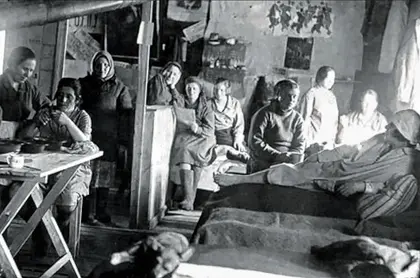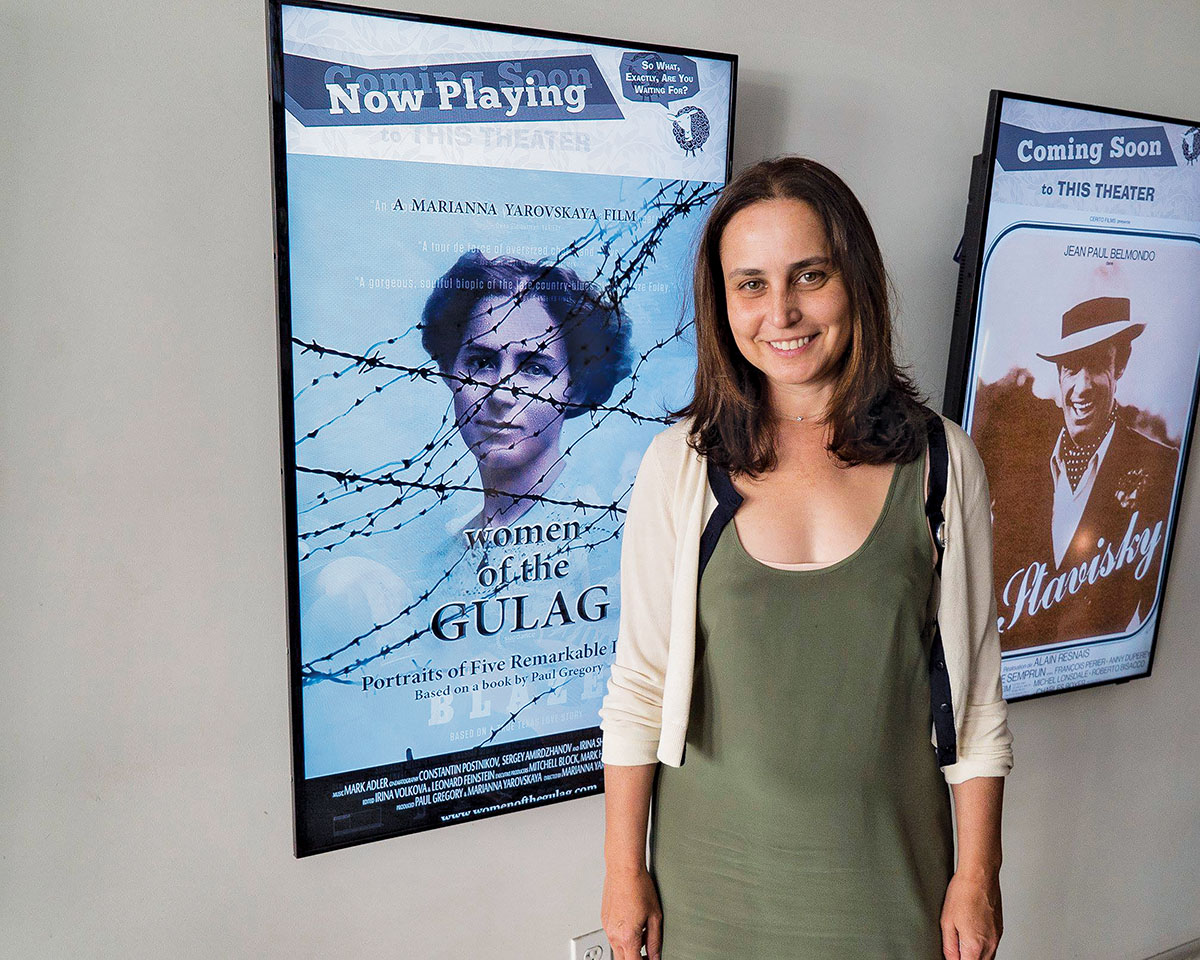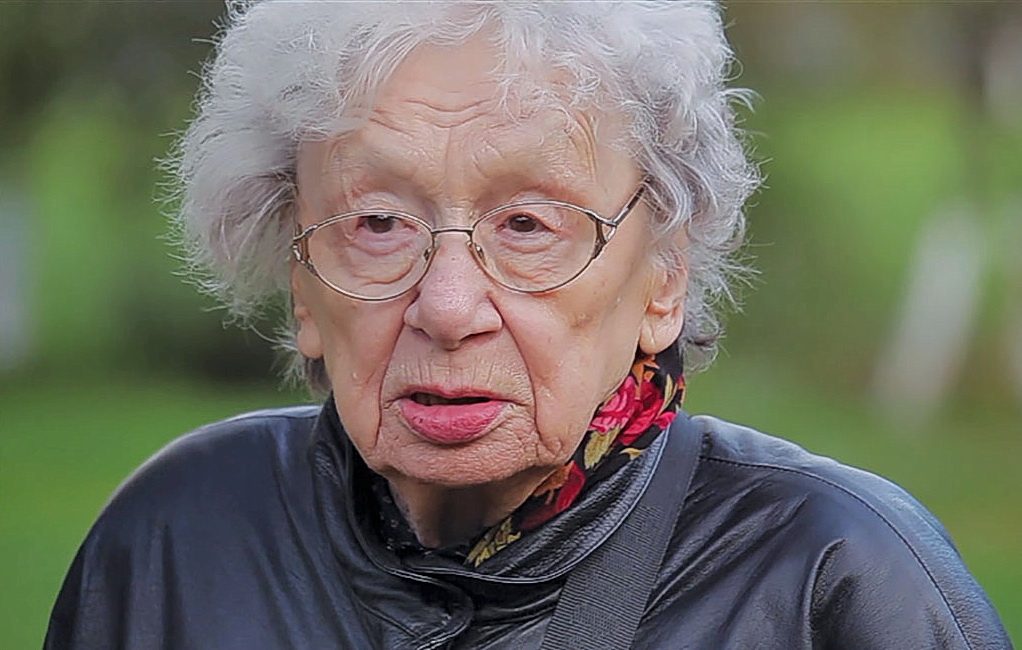The Gulag, the system of concentration camps through which the Soviet Union carried out murderous political repression, is something many Russians and Ukrainians would rather forget.
But while the regime of Russian President Vladimir Putin is encouraging Russia’s public amnesia about the Gulag, which reached its worst excesses under Joseph Stalin, the savage Soviet dictator currently undergoing rehabilitation by the Kremlin, in both Russia and Ukraine, memories of the Gulag are also simply dying of old age.
JOIN US ON TELEGRAM
Follow our coverage of the war on the @Kyivpost_official.
That’s why films like “Women of the Gulag,” a 2018 documentary film directed by Russian-American Marianna Yarovskaya, which is in the running for an Oscar this year in the Best Documentary Short category, are so important in documenting the grim reality of the totalitarian Soviet system. An announcement on whether the documentary has been selected as an official nominee will be made on Jan. 21.
The film, which is inspired by “Women of the Gulag: Stories of Five Remarkable Lives,” by Paul Roderick Gregory (2013), is a series of candid interviews with five elderly women from different parts of the Soviet Union who survived the Soviet repression of the 1930s. Shot over five years, the film uses stark black and white newsreel footage of the era. Gregory is a research fellow at the Hoover Institution. He is also an emeritus chair of the International Advisory Board of the Kyiv School of Economics.
“We had women from different social circles,” Yarovskaya told the Kyiv Post. “There are peasants who lived in the special settlements; there is a former conservatory student, a professor’s daughter, who was arrested at 19 from the school bench, and there is a medical nurse.
“There is also Nadezhda Levitskaya, a survivor who volunteered to help Aleksandr Solzhenitsyn with his works.” After Solzhenitsyn died in 2008, Levitskaya devoted her life to working for his foundation. “I could not help becoming Solzhenitsyn’s assistant. I helped him then, and will continue as long as I have strength,” Levitskaya says during the documentary.
Huge honor
Yarovskaya herself is the daughter of the Russian theater director/playwright Marianna Yablonskaya, and Arkady Yarovsky, a rocket scientist. She is also the granddaughter of Viktor Yablonsky, a trained Moscow Art Theater actor who starred in the renowned Soviet film “Chapayev” (1934). She studied journalism at Moscow State University, and worked for primetime news before leaving Russia to study film at University of Southern California.
“My student thesis documentary film, shot also in Russia, won a Student Oscar,” Yarovskaya says. “After that I worked for NASA doing videos, for GreenPeace USA, and made films for Discovery Channel and National Geographic.”
The prospect of an Oscar nomination is “a huge honor,” she adds. “This is the acknowledgement of my peers, people I respect and admire – the documentary branch of the Academy of Motion Pictures. We had to just have trust in the quality of the film. We believe the quality is there.”
Worked to death
For Yarovskaya, the Gulag conjures up some of the worst chapters of Soviet history. Arguably the most famous depiction of the system is that of Solzhenitsyn within his sprawling narrative, “The Gulag Archipelago,” in which the famed dissident describes the tortuous conditions of the forced labor camp system, set up under Vladimir Lenin in the 1930s and reaching its peak during Stalin’s rule.
Solzhenistyn, a winner of the Nobel Prize for Literature, survived eight years of Gulag incarceration. “The Gulag Archipelago,” published in 1973, gets its name from the author’s likening of the scattered camps to a “chain of islands,” and a “system where people worked to death.” Millions died, millions more had their health and lives ruined.
The era of the Gulag is a time of “crimes that should not be repeated, and as a story of victory at a great price,” Yaryna Yasynevych, program director of the Center for Research on the Ukrainian Liberation Movement, told the Kyiv Post.
The term, “collective labor camp” was suggested for official use by the Politburo of the Communist Party of the Soviet Union, and some historians see Felix Dzerzhinsky, the notorious head of the Soviet secret police, as the true founder of the Gulag. Between 1917 until his death in 1926, Dzerzhinsky led the first two Soviet state security organizations – the Cheka and the OGPU – with the first Soviet concentration camps appearing in 1923.
After World War II, the number of inmates in prison rose, reaching approximately 2.5 million, and “special camps” were set up. Decades later, special labor camps were established exclusively for a “special contingent” of political prisoners who had been sentenced for crimes deemed by the authorities as treason, espionage, and attempted terrorism against the state.
Worse excesses
But it was under Stalin and his Great Terror – a period of savage political repression lasting from the early 1930s until the beginning of World War II – that the Gulag saw its worst excesses as a paranoid Stalin purged the government, the Soviet military, and then the general public of perceived threats to his rule.
“It is important to see the Gulag as a sad and criminal (enterprise). (But) the Gulag did not end with the death of Stalin (in 1953),” added Yasynevych.
Following Stalin’s death, and his denunciation by his successor, Soviet leader Nikita Khrushchev, at the 20th Congress of the Communist Party of the Soviet Union in February 1956, an amnesty was granted to prisoners sentenced to not more than five years. The Gulag system itself was officially liquidated on Jan. 25, 1960, but the camps themselves were not.
“In the long run, the liquidation of the ‘management of the camps’ did not complete the history of the Gulag,” Yasynevych said. “People were imprisoned and killed by overwork in prison camps in the northern regions of the Soviet Union for decades (after). The last Ukrainian prisoner in Siberia was released in the late 1990s.”
Telling the truth
“Women of the Gulag” is Yarovskaya’s third film, and its subject is one that touches her personally.
“As a Russian-American, it was inevitable that I’d be drawn to this subject. In my own family, there were aunts and uncles who suffered under Stalin’s repressions. My grandfather, a noted film actor of the Moscow Art Theater and Lenfilm, was the victim of an anonymous letter for ‘a wrongful interpretation of the killing of Sergey Kirov’ whose killing started the Great Purge.”
Kirov, a prominent early Bolshevik leader in the Soviet Union who rose through the Communist party ranks to become head of the party organization in Leningrad, was shot and killed by a gunman at his offices. Some historians believe Stalin and elements of the NKVD, or Soviet secret police, the predecessor of the KGB, were behind his assassination, but no conclusive evidence was ever found.
“For most of our heroines, the telling of their stories was cathartic,” Yarovskaya said. “
Adile, in her 90s, put it this way: ‘I’ve lived so long to be able to finally tell the truth.’”
Re-writing history
“This film and these women’s experiences will be close to Ukrainians, because Stalin’s repressions and his ‘Great Purge’ did not spare anyone,” Yarovskaya added.
“I know that there were tens of thousands of (Ukrainian) victims; their exact number is unknown, the same as it is in Russia, or in the Baltic countries. These stories need to be told. I would say that this tragedy affected many people around the world, that it is not just a Russian issue. The victims’ descendants live everywhere throughout the world, and of course in Ukraine as well. My grandparents lived in Ukraine. I went to Kyiv every summer as a child, so this is a country very close to me.”
Yarovskaya is struck by the cynical, deliberate lionization of Stalin in modern Russia by pseudo-historians and political figures whitewashing the country’s most violent epoch.
“I was surprised that there was and still is a controversy about the crimes committed in the 1930s and 1940s by Joseph Stalin. I read some schoolbooks, and the things they are teaching children today. There are historians who are quoted saying that Stalin (was) ‘an effective manager’ and ‘a strong and heroic leader.’ Schoolchildren are asked: ‘was he good, very good, or amazing?’”
“(Russian) history books now say Stalin was ‘historically necessary.’ In truth, Stalin ruled Russia with an iron fist for a quarter century. His reign was characterized by violence, famine, deprivation, and mass killing.
“‘Women of the Gulag’ captures this basic conflict of modern day Russia. It is a last reminder of a horrific human tragedy that the Russian state would prefer to disappear from collective memory.”
You can also highlight the text and press Ctrl + Enter






